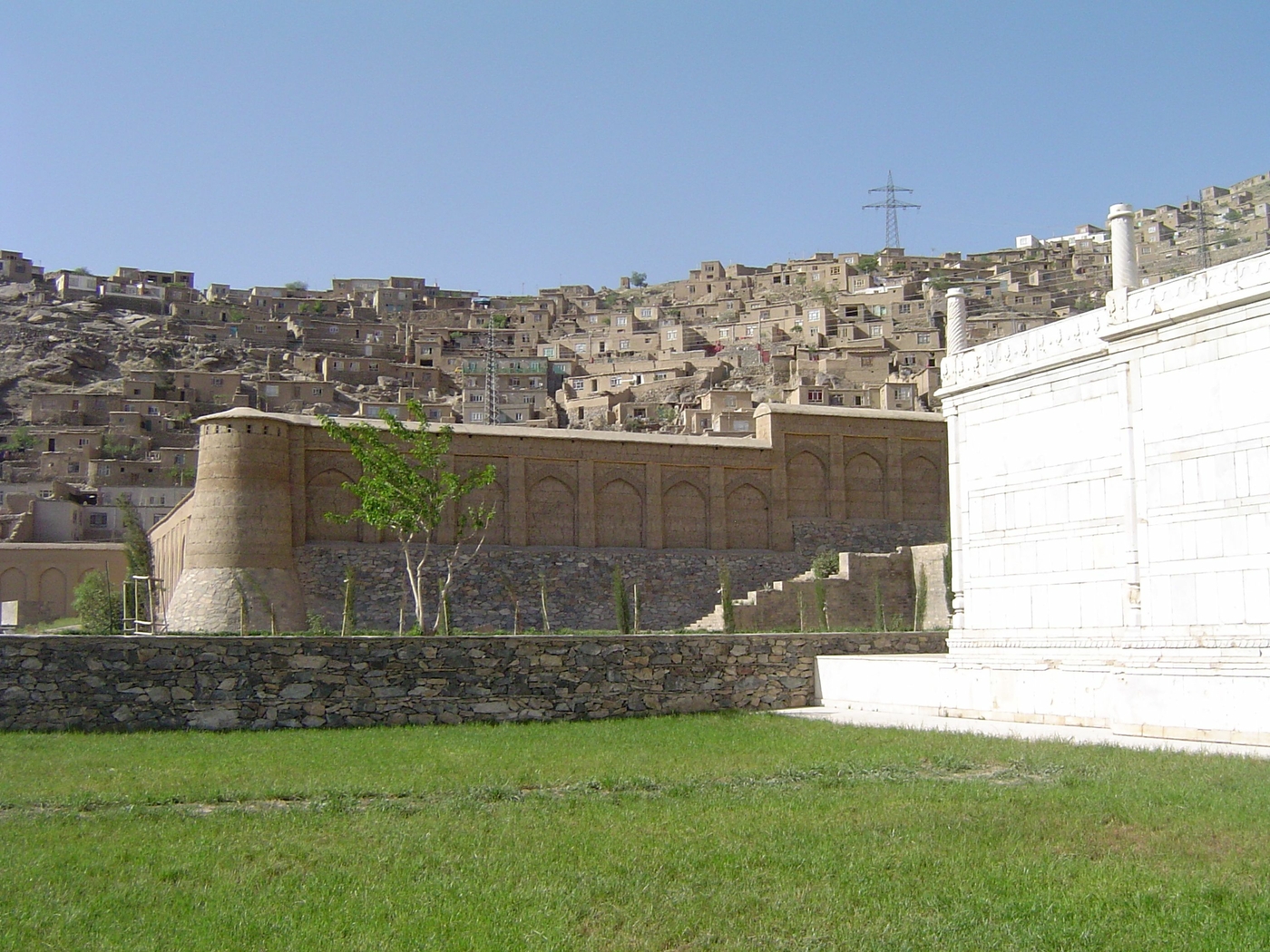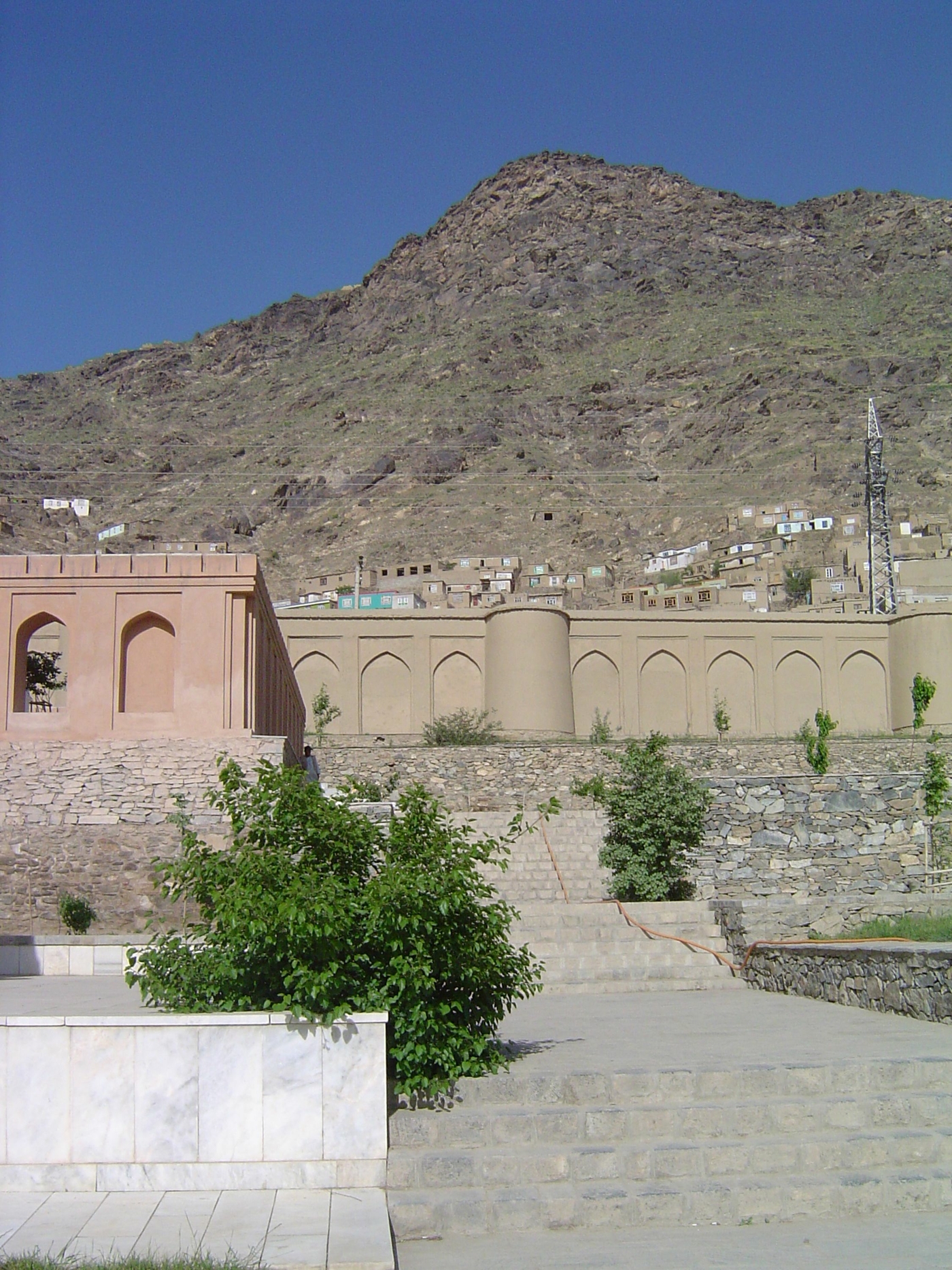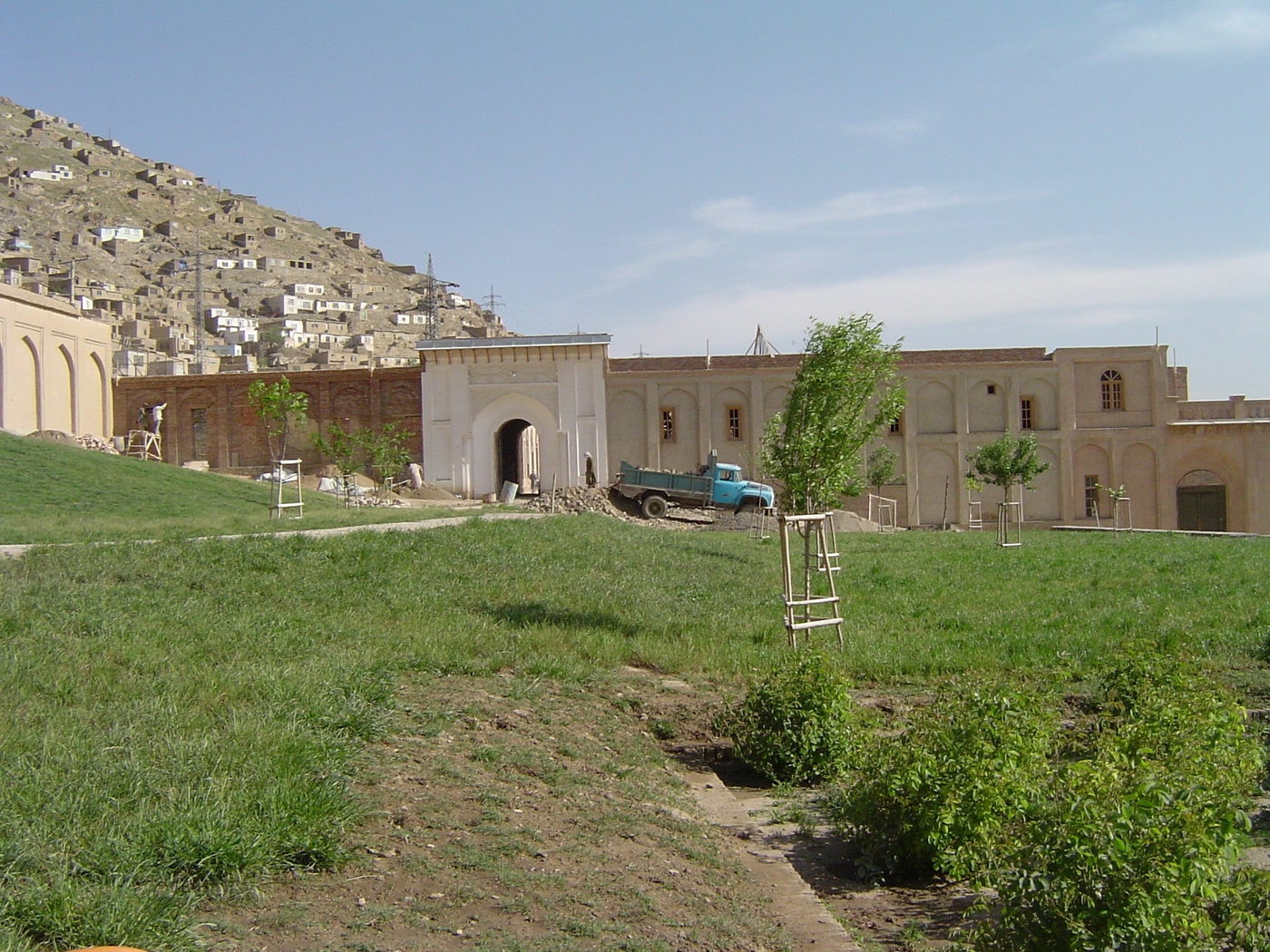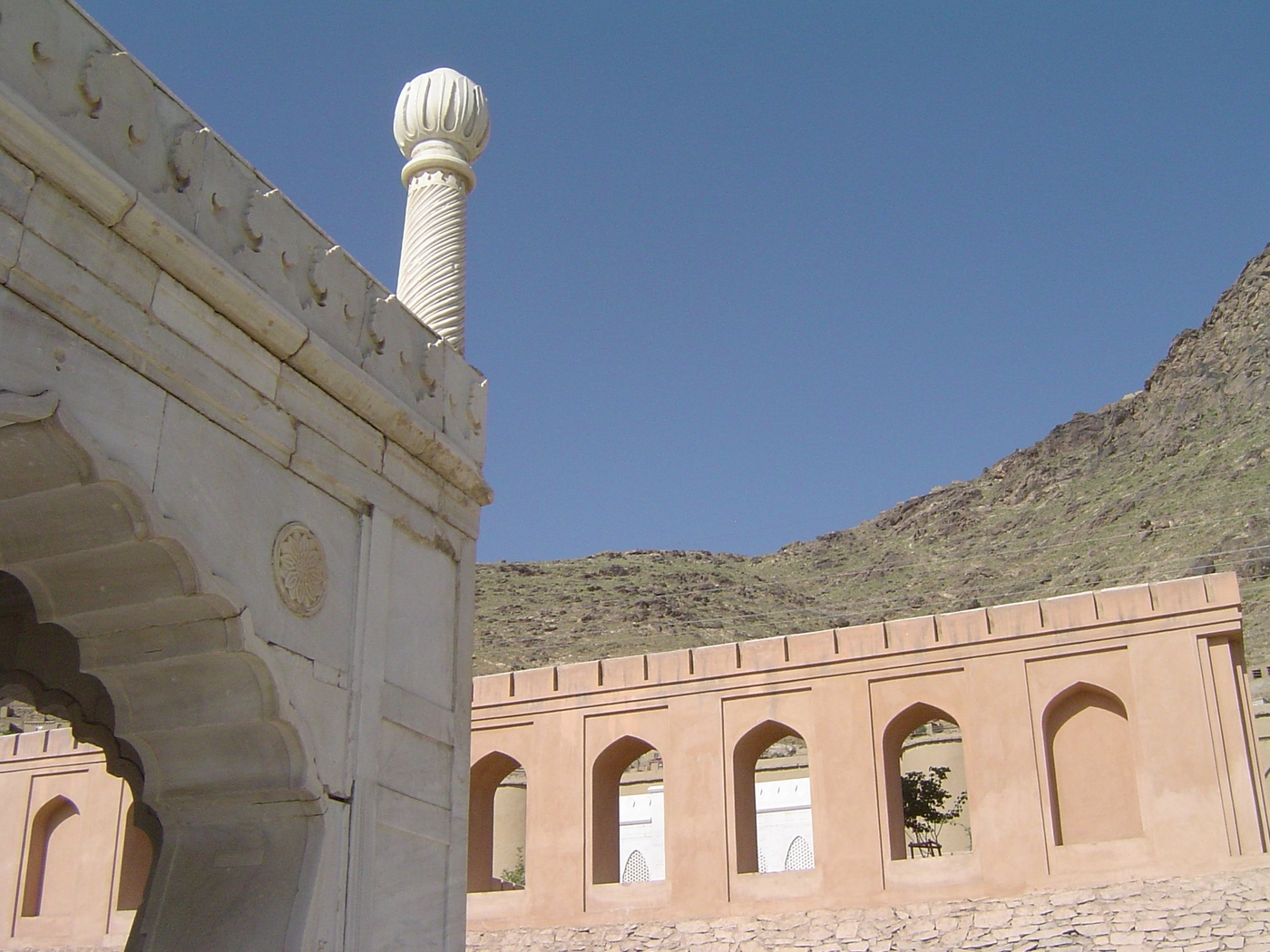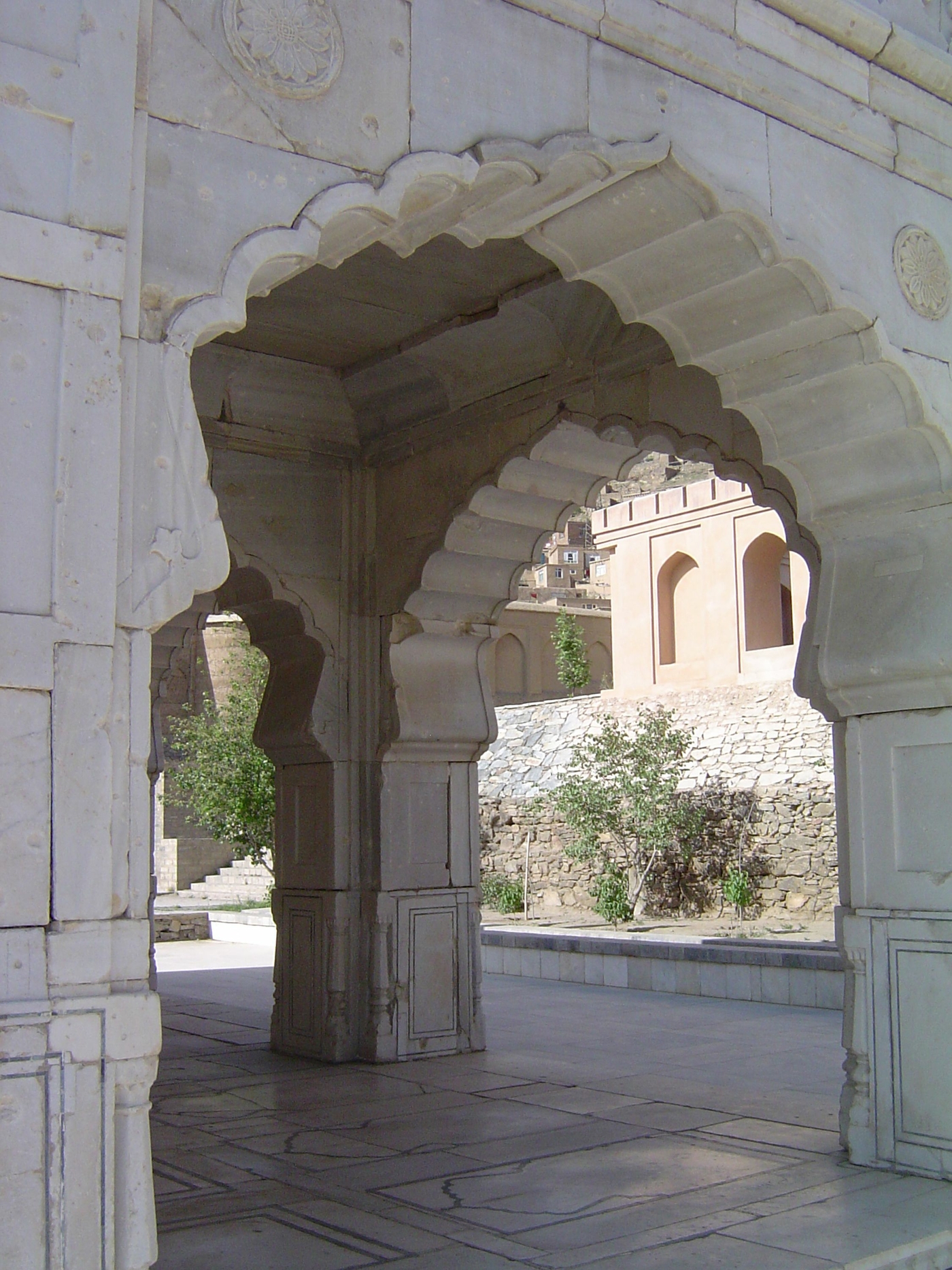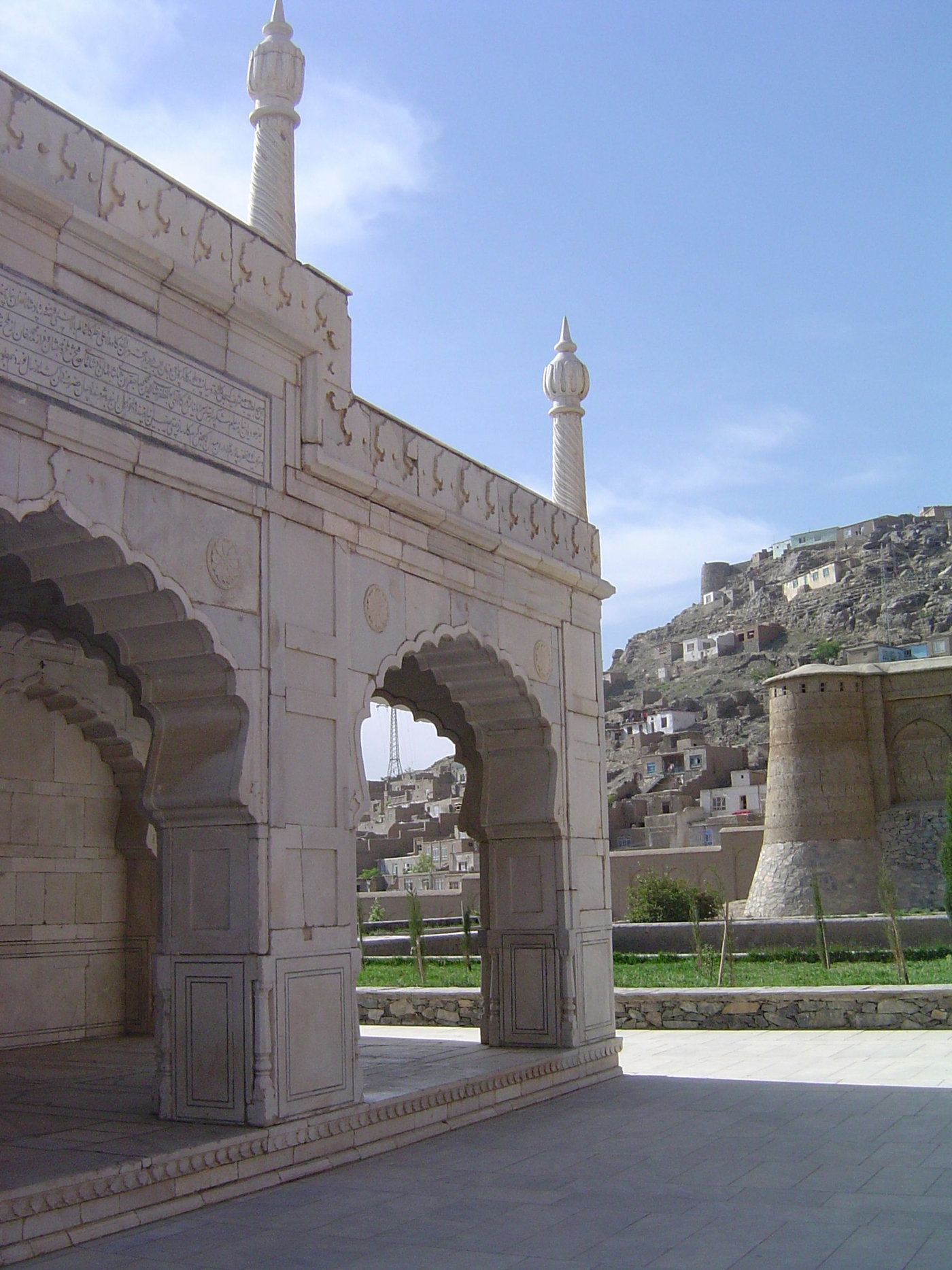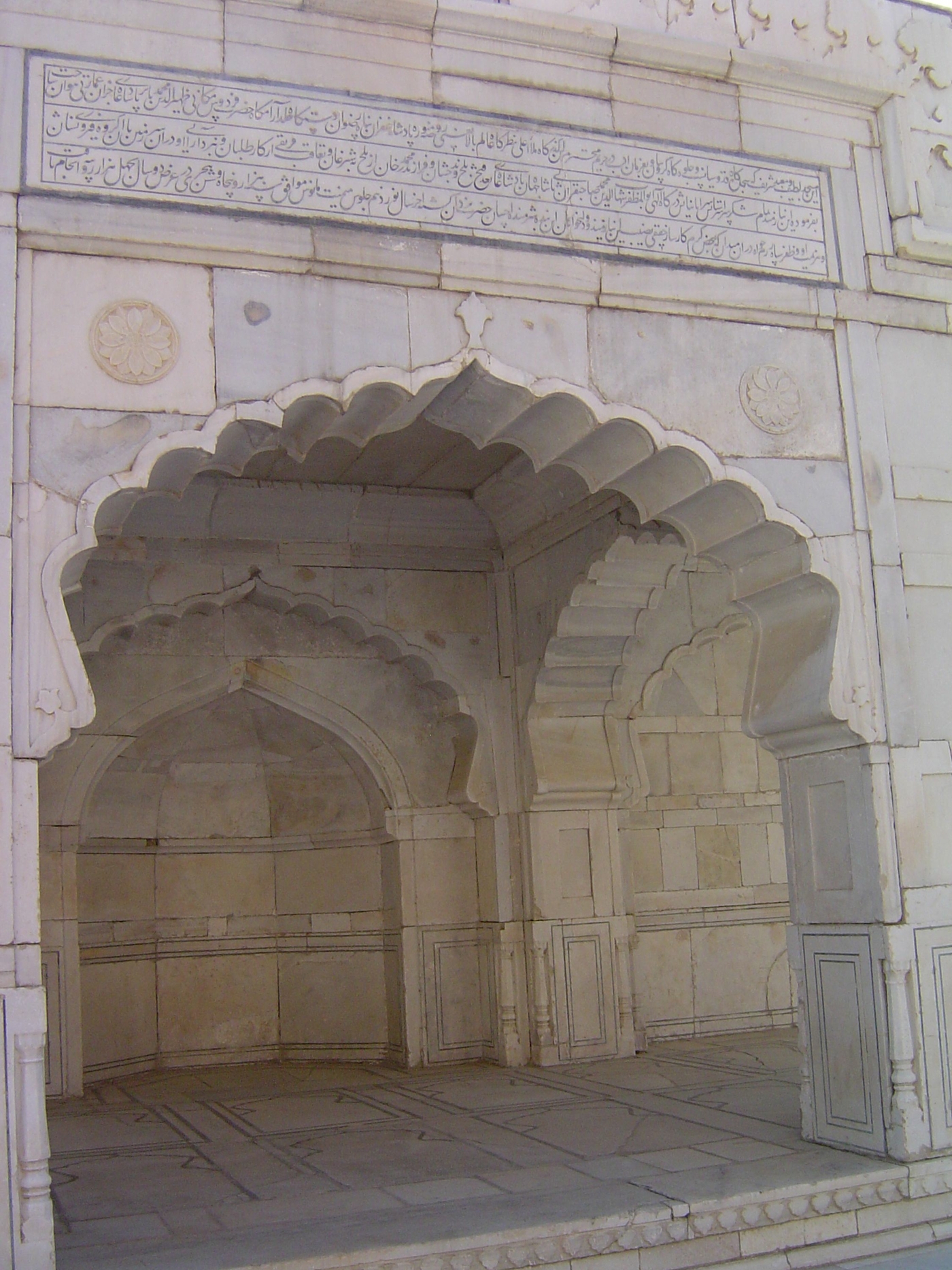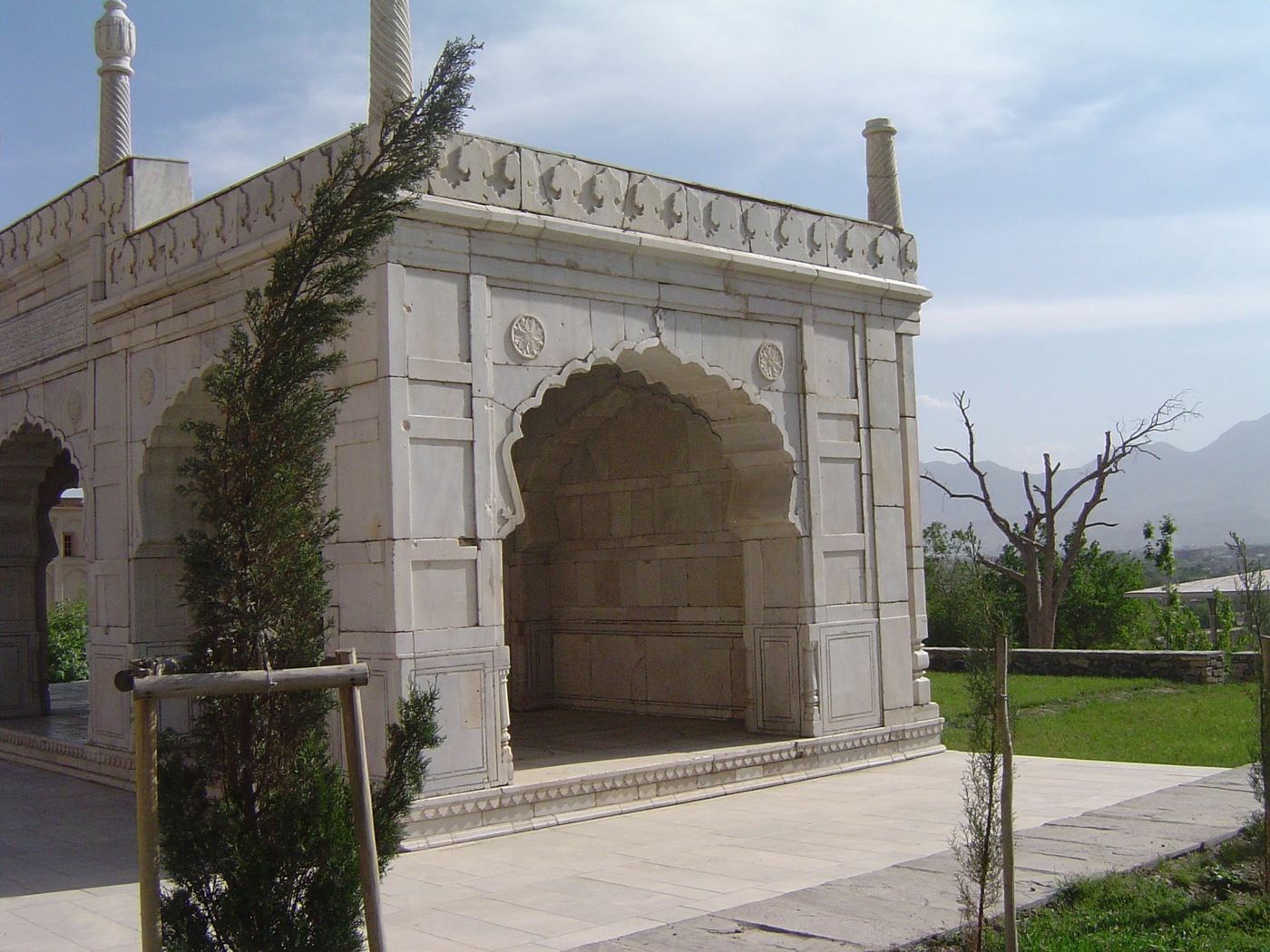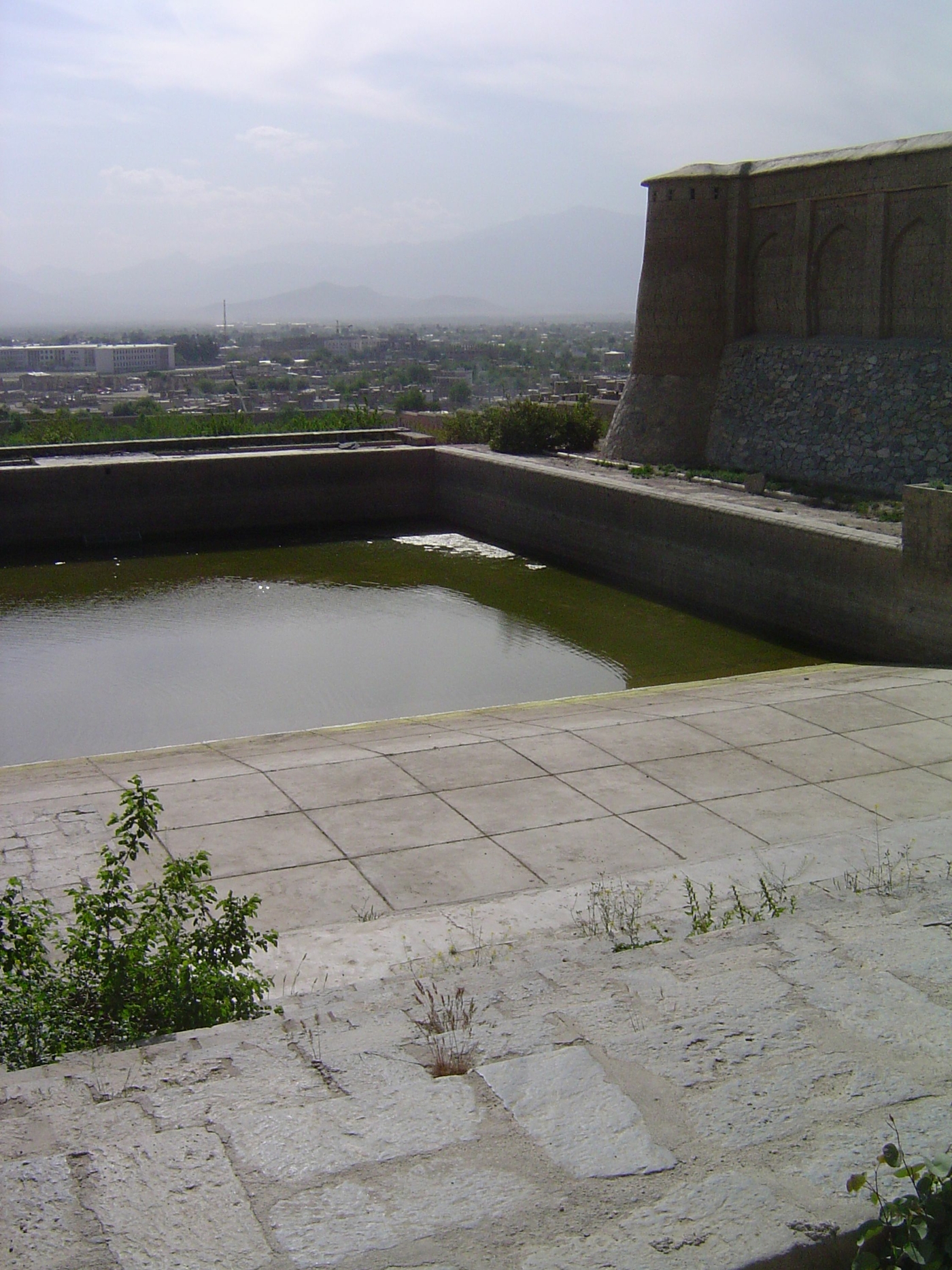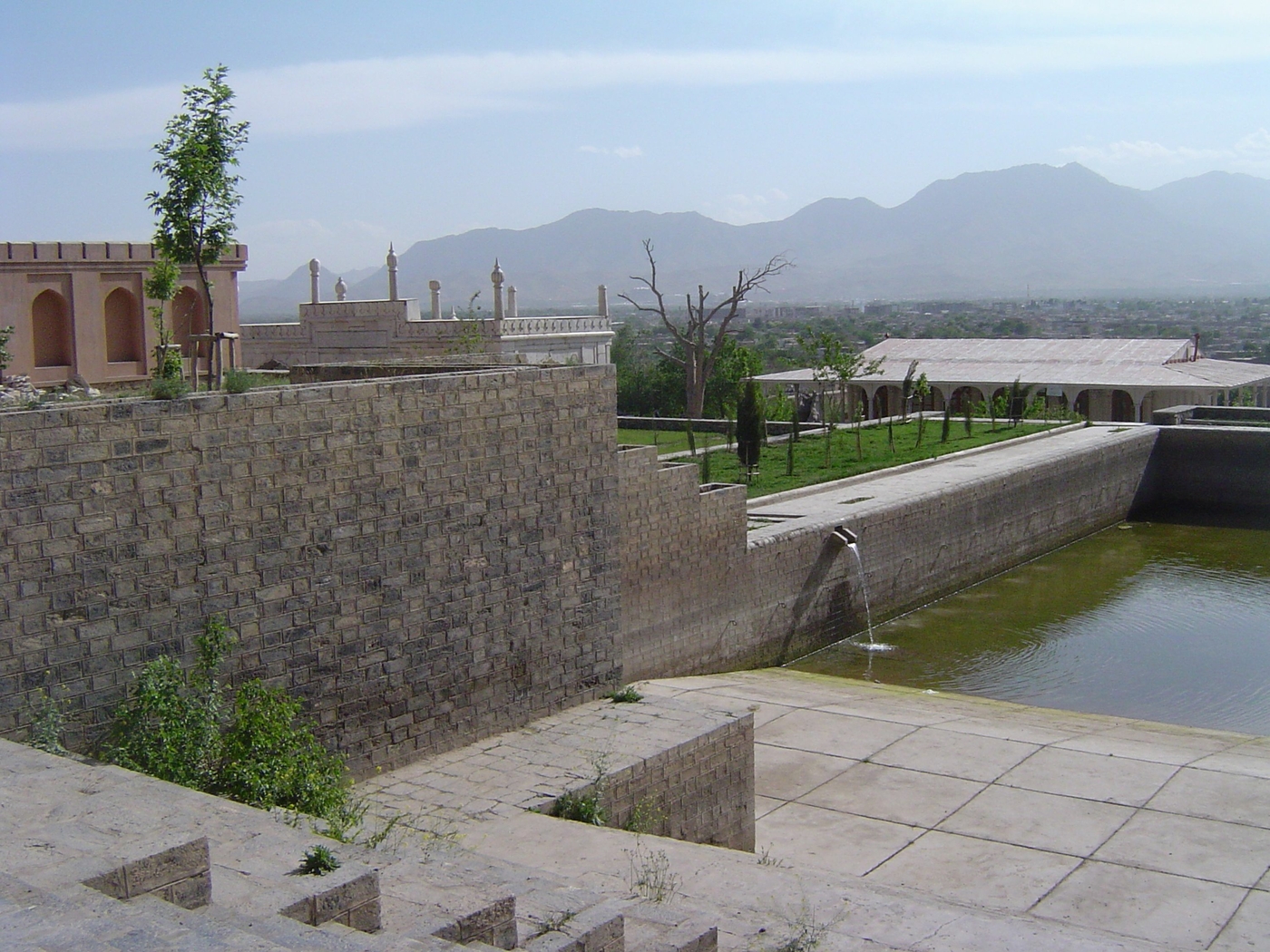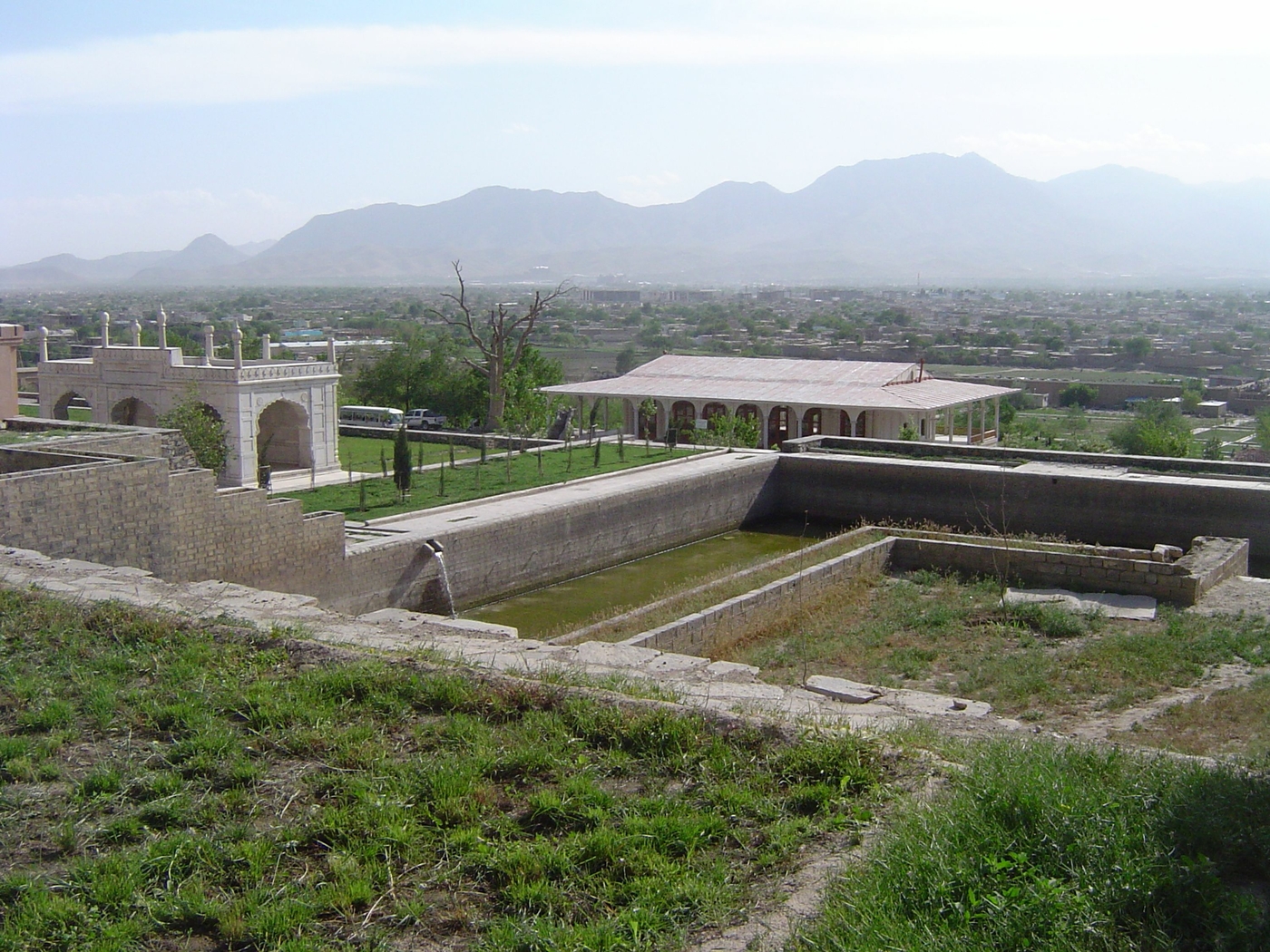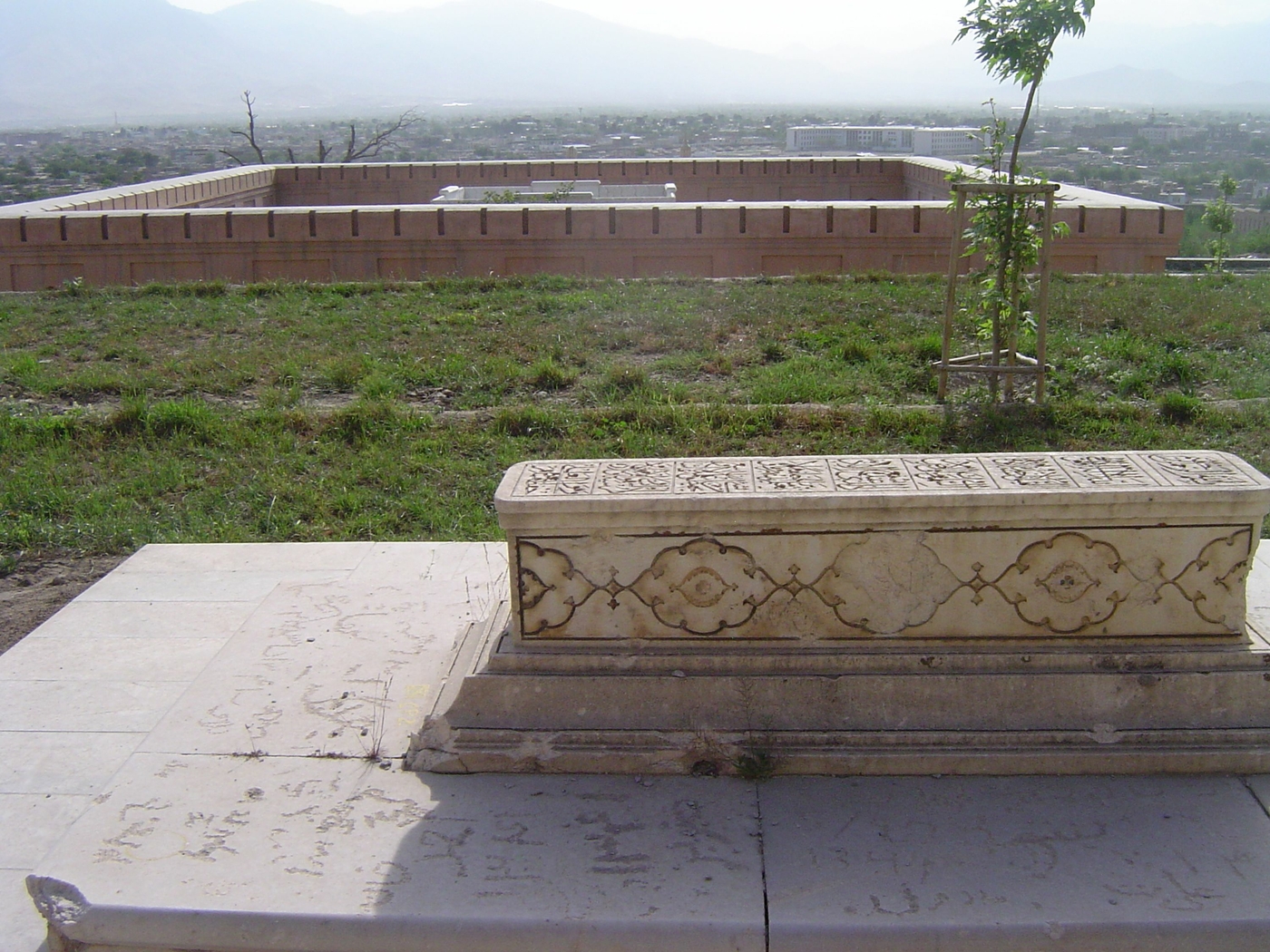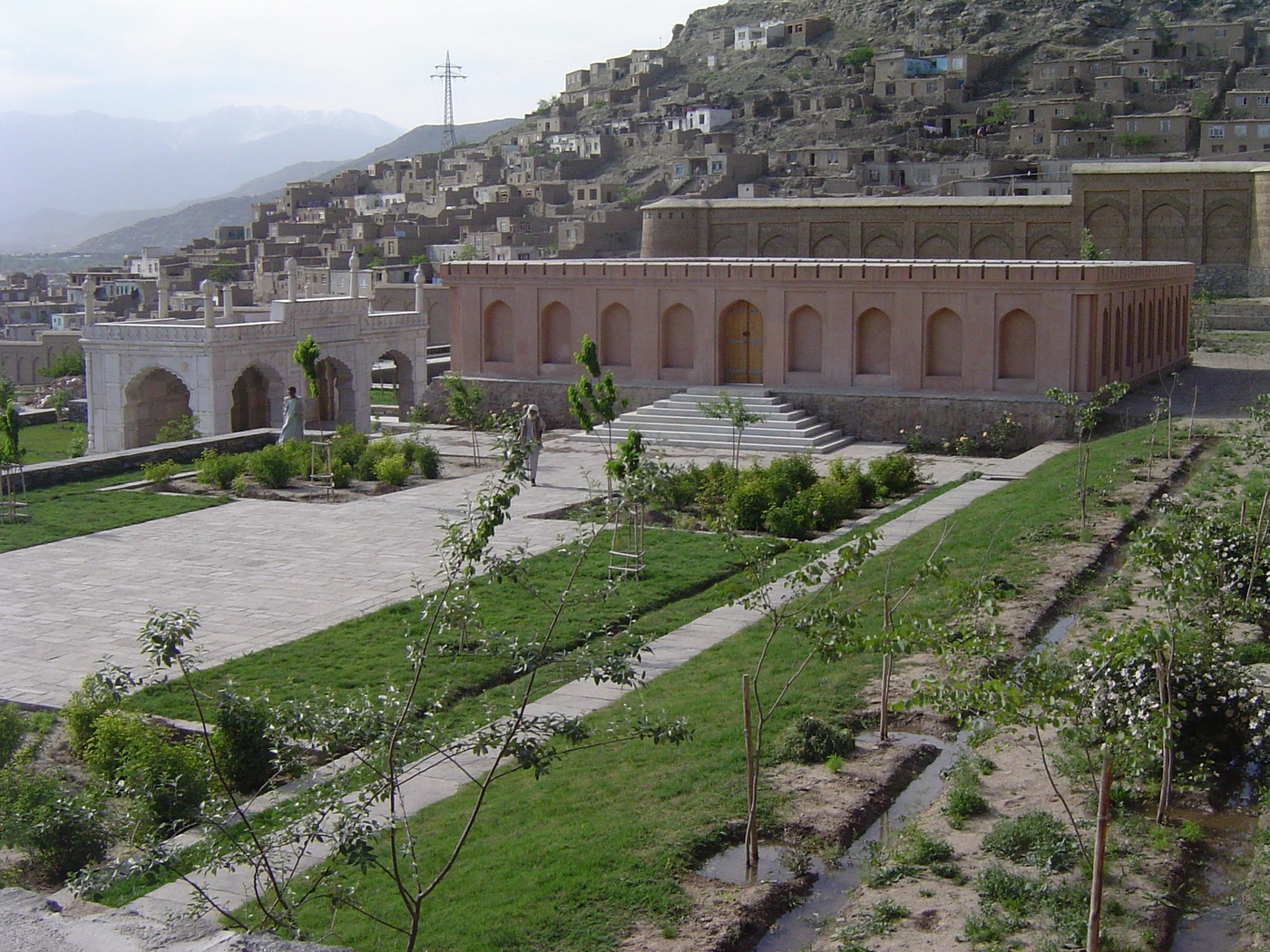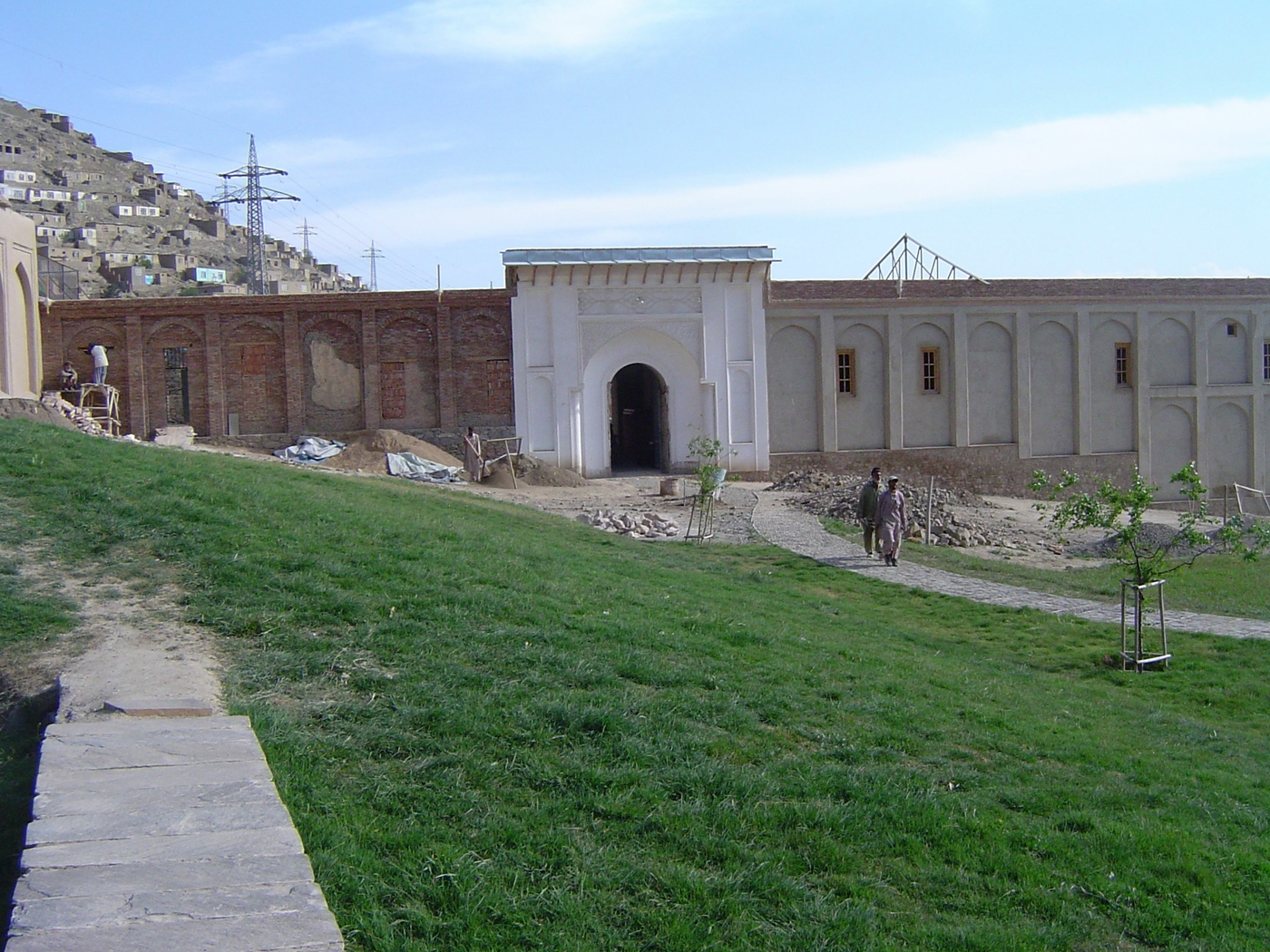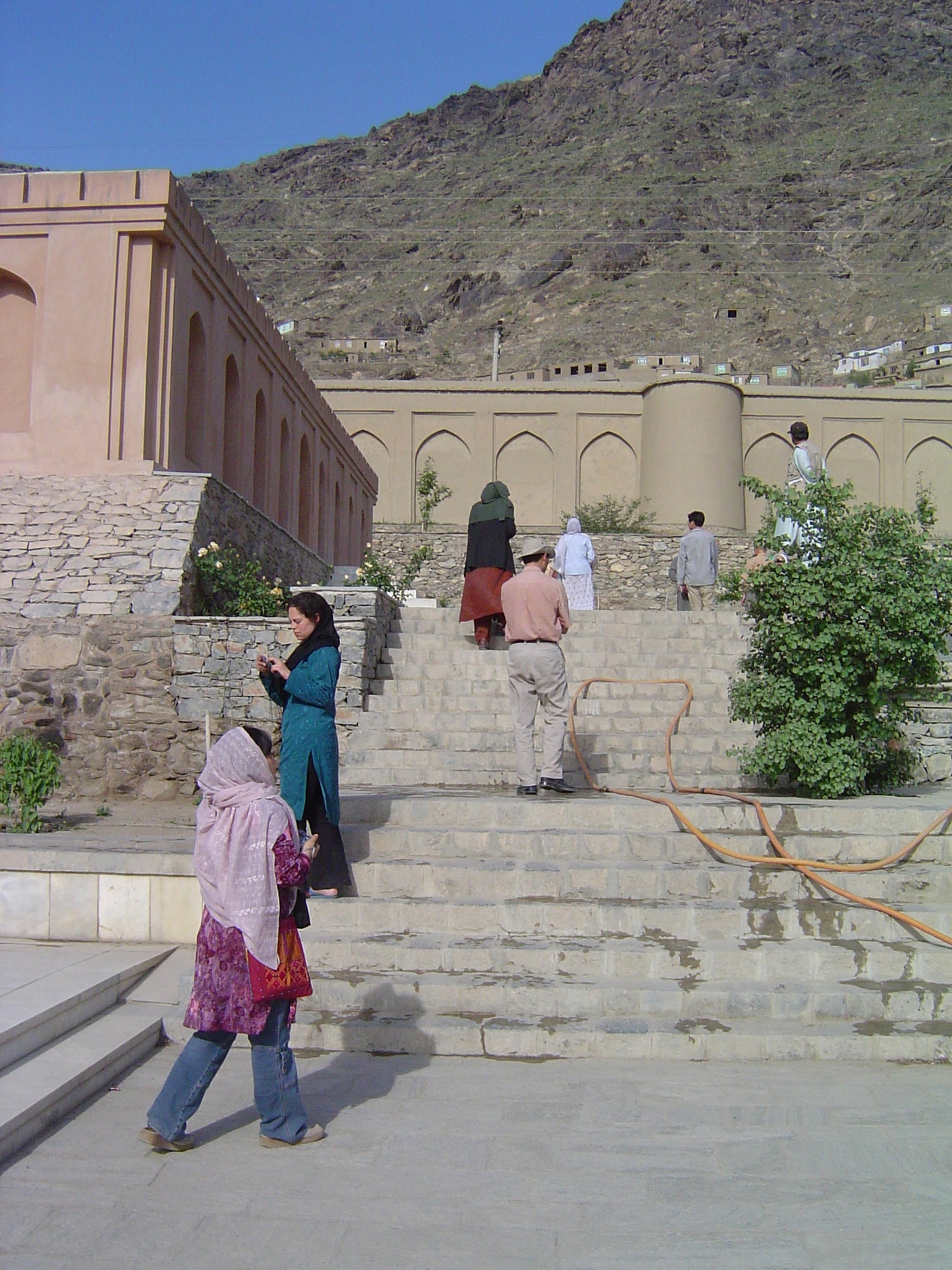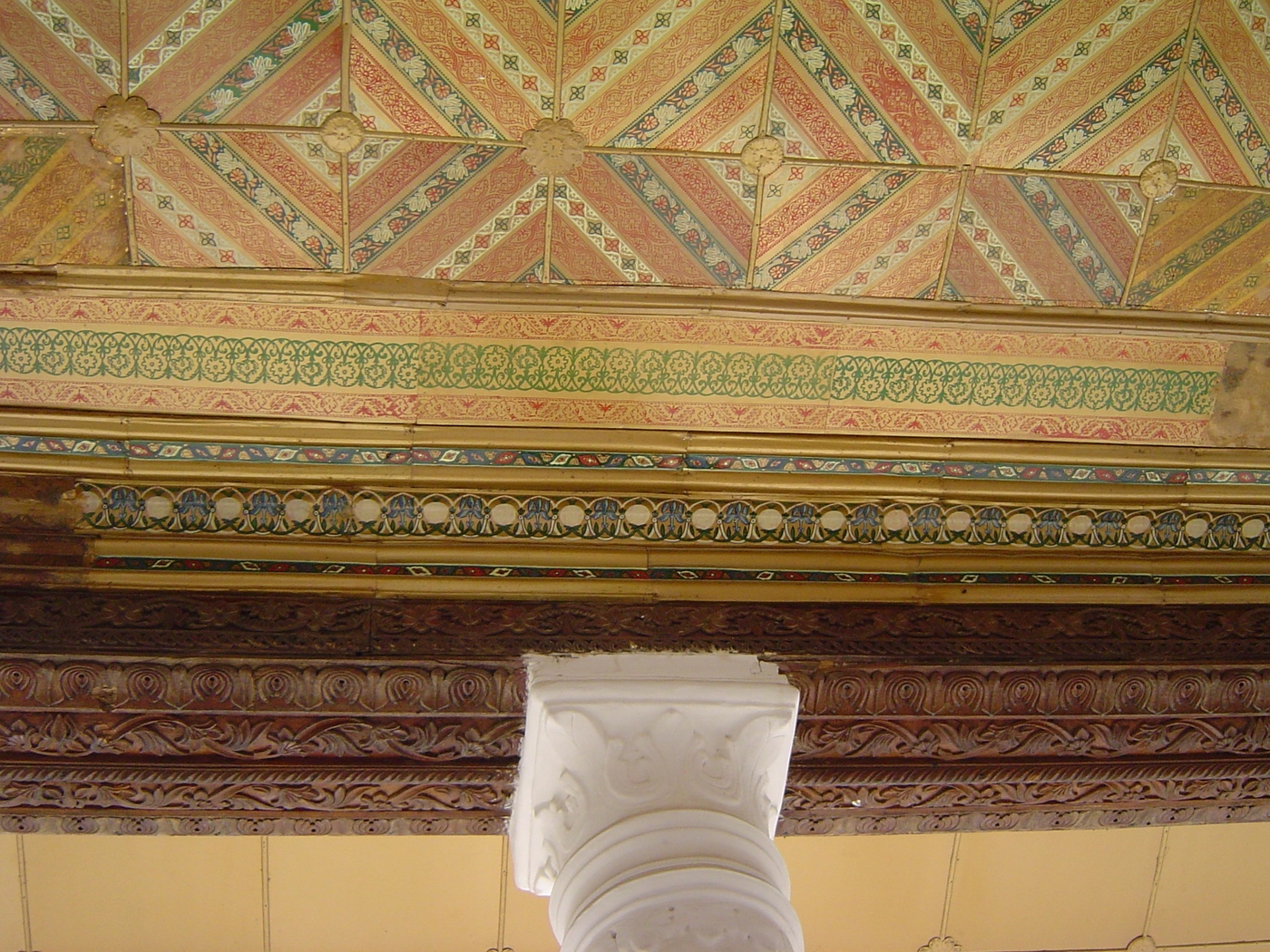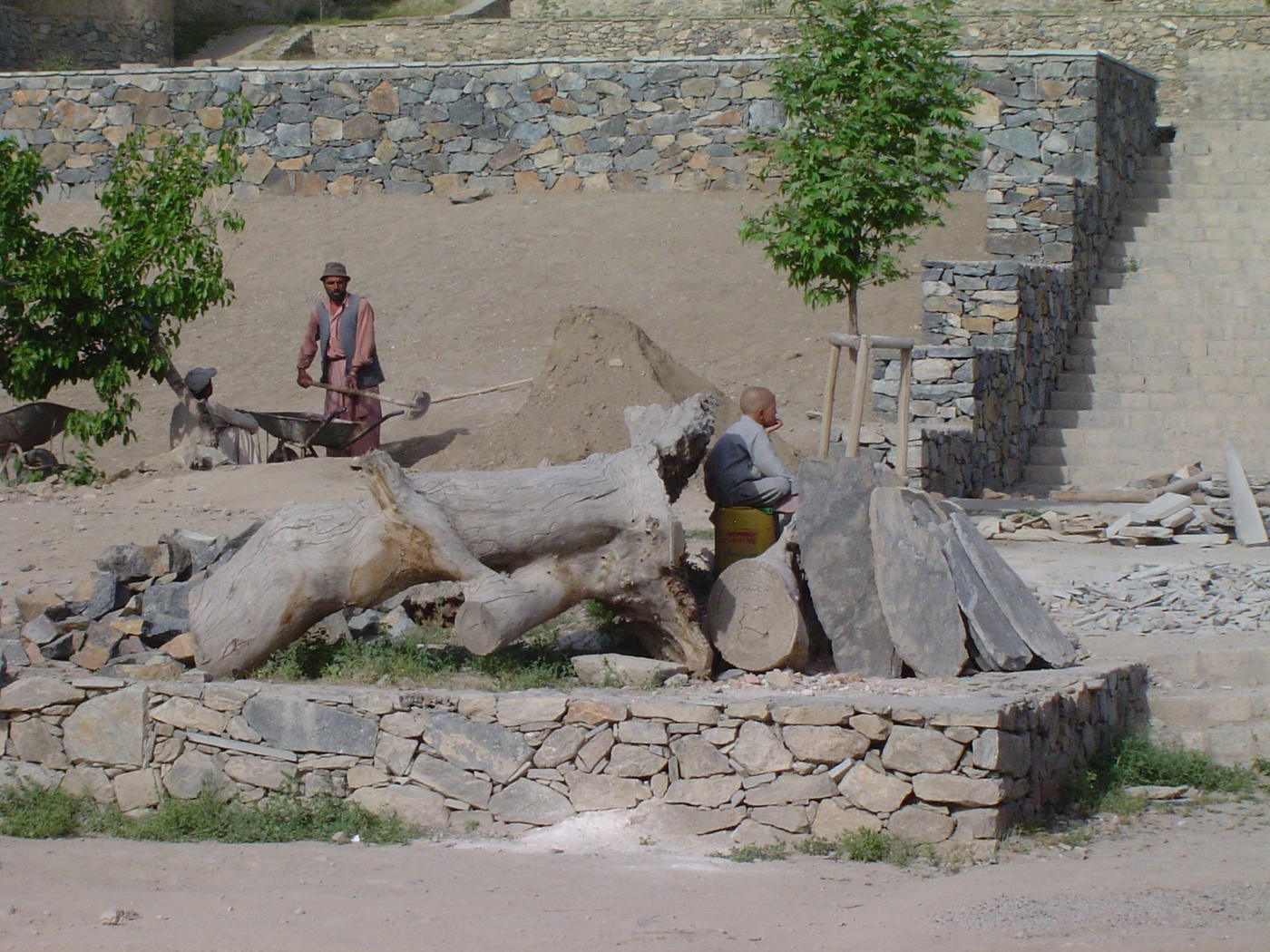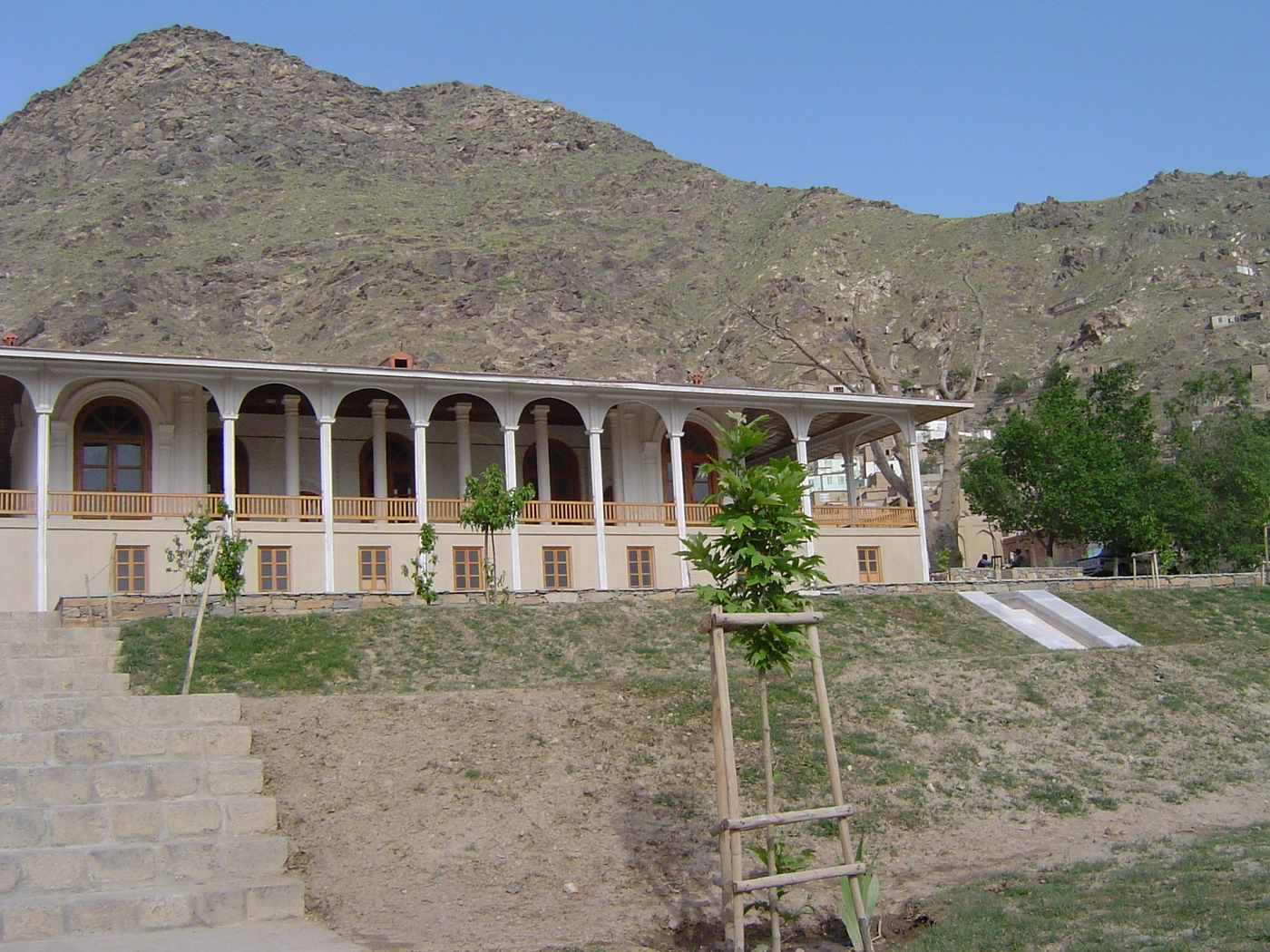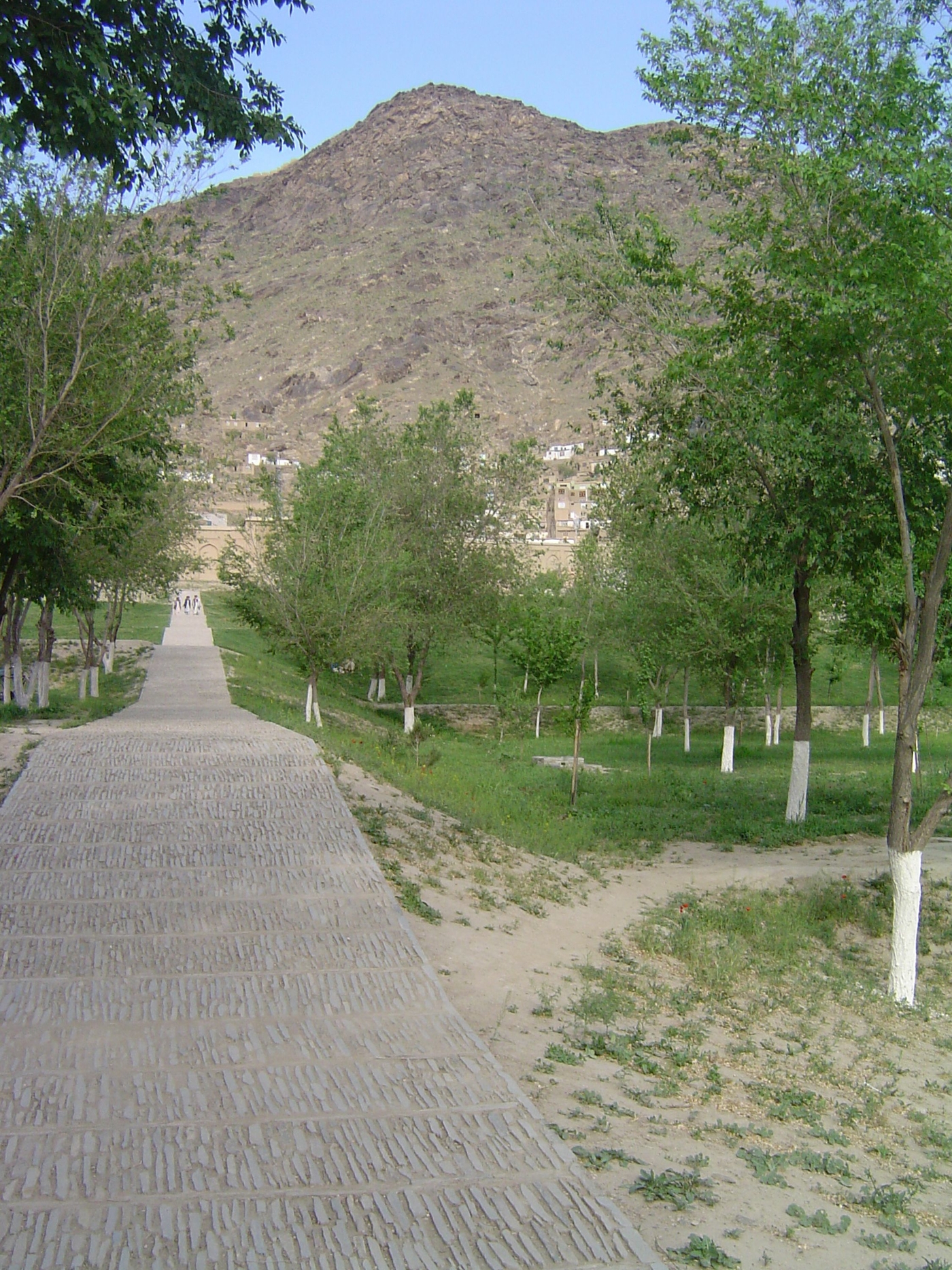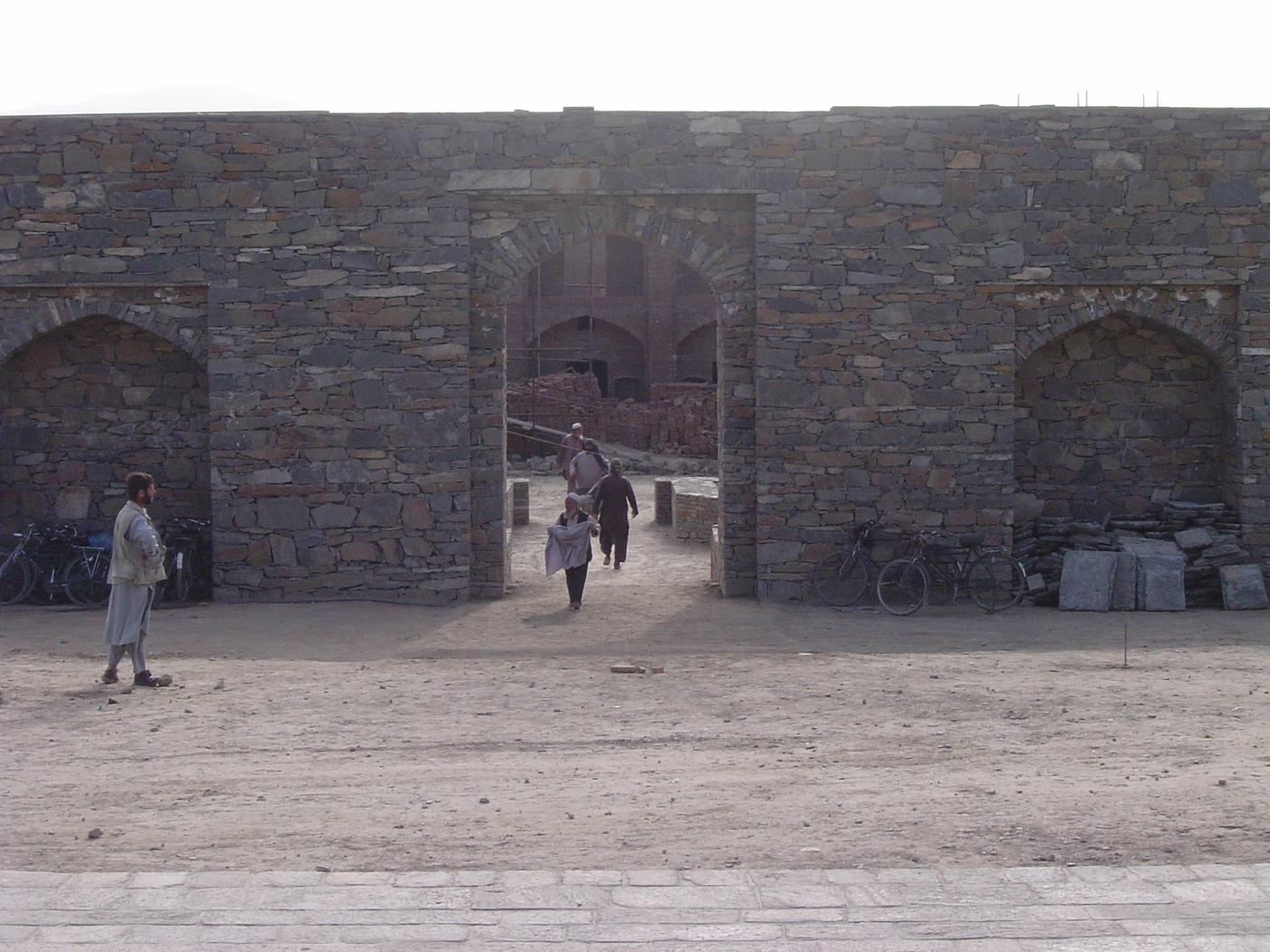Bagh-i Babur
The Garden of Babur (Bagh-i Babur in dari) is in the south of Kabul. It is one of the rare examples of a Mogul garden still visible and visited by the public today; it is an excellent example of how a heritage complex can be successfully integrated into a modern metropolis.

Founded by Emperor Babur
The garden was laid out in 1528, two years before the death of the Mogul emperor Babur (1483–1530). In its current state, it covers an area of slightly more than 11 hectares and is arranged into 15 terraces divided by a central axis with a channel for water from a fountain built on the highest terrace, representing a spring and a mountain stream.
A model of Mogul topiary art
This garden is a variation on the theme of the traditional Persian garden, the chahar bagh (the four gardens) which developed, during the Islamic period, into two chahar bagh placed side by side, symbolising the eight gates of paradise. The upper part of the garden is a burial enclosure where the stelae of the Emperor Barbur and members of his family were placed. In 1646 Shah Jahan built a marble mosque next to this enclosure to commemorate the taking of Balkh from the emirs of Uzbek.
A favourite 19th century residence of the emirs of Afghanistan
Severely damaged by an earthquake in 1842, the garden was rebuilt by the Emir Abdur Rahman (1844–1901). The seraglio of the queen was built in the south-eastern corner of the garden in the 19th century. It is now houses the Academy of Music of the Aga Khan Trust for Culture. The summer pavilion that dominates the view over the terraces is also part of the building programme implemented by Abdur Rahman.
Ravaged by war
In the 1980s, a swimming pool was built in the upper part of the garden and then, from the 1990s until 2001, it suffered serious damage and some parts were destroyed, including the trees, which were felled for firewood; the tombs were also damaged. In 2002, the Aga Khan Trust for Culture and the Deutsches Archäologische Institut launched a large-scale conservation and repair programme based on an in-depth archaeological study of the garden.
The garden is now one of the few public spaces in Kabul visited by people from all walks of life and, at the centre of the Afghan capital, represents one of the finest examples of a Moghul garden and the topiary art of this dynasty.


